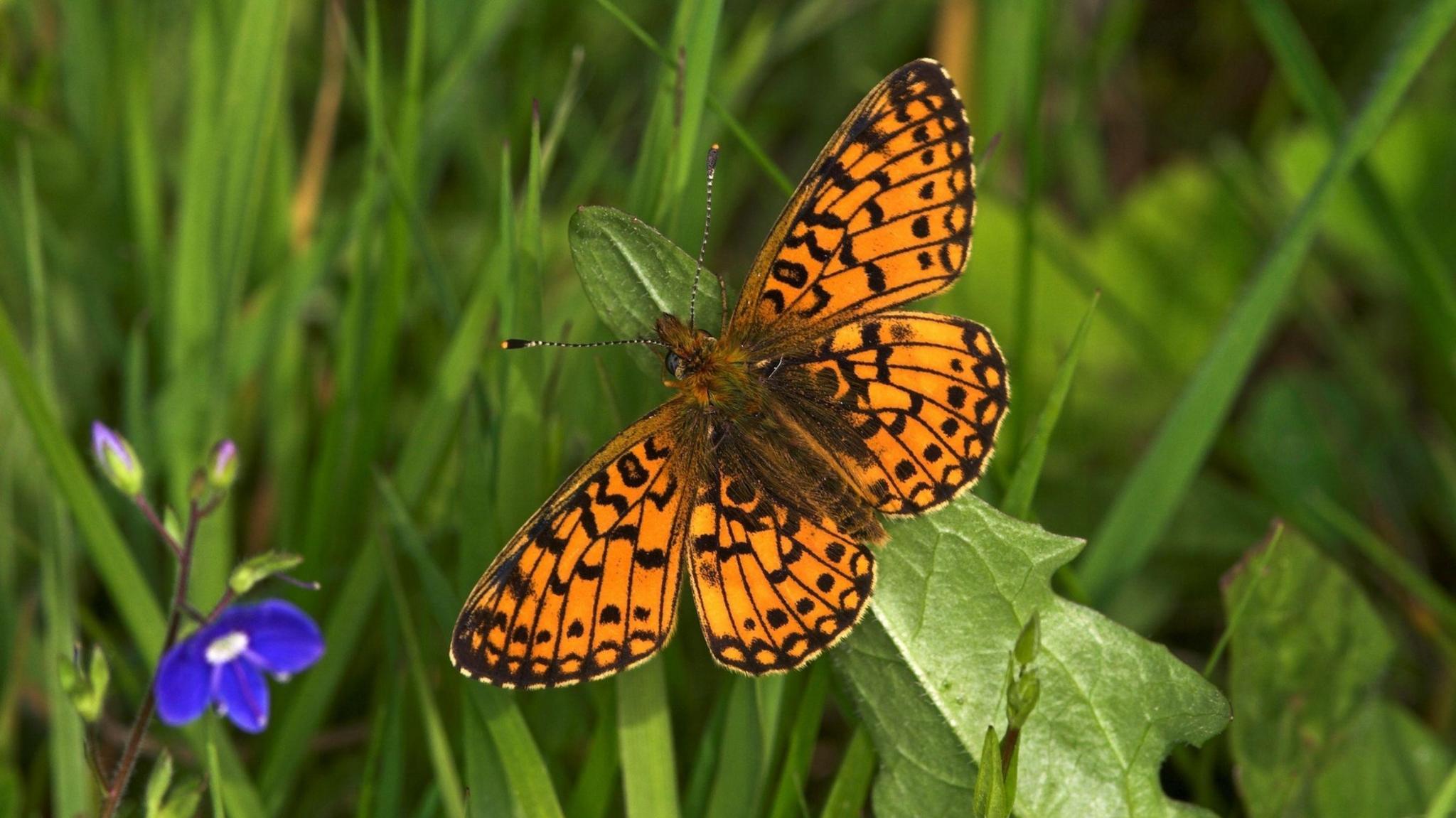State of Nature Wales: Erosion of wildlife 'staggering'
- Published
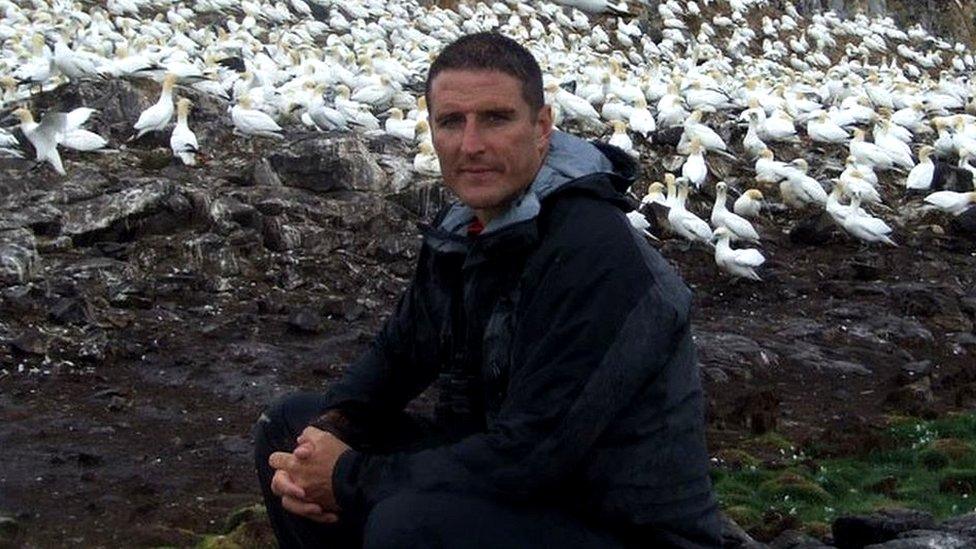
Iolo Williams said innovative projects could help reverse the decline
One in 14 species in Wales is at risk of disappearing altogether according to figures collected as part of the State of Nature Wales 2016 report.
Fifty conservation bodies have produced the findings to highlight the plight of nature across the country.
Naturalist and TV presenter Iolo Williams said the erosion of Welsh wildlife was "staggering".
This is the second publication of its kind, following the first in 2013.
Williams said many species were declining at an "alarming rate".
He said the report highlights "sustained action" and "innovative projects" could help reverse the decline and he urged scientists, communities, businesses and government to work together to create a "brighter outlook" for future generations.
However, the situation is better in Wales compared with the rest of the UK, where throughout the UK, more than one in 10 species are threatened with extinction.
Following the publication of the UK wide version of the report last week , the Welsh breakdown will be launched officially in the centre of Cardiff, with musicians, poets, graffiti artists and circus acts highlighting the importance of nature through a series of performances.

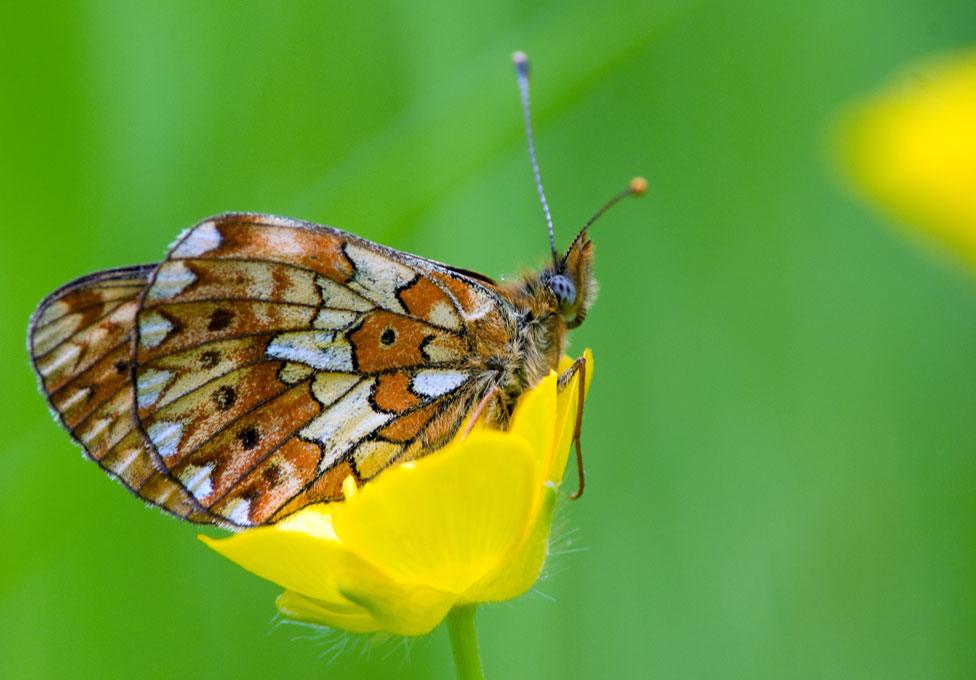
The pearl-bordered fritillary - 60% of butterflies have declined
State of Nature Wales 2016 key findings:
over the long term, 57% of vascular plant species declined and 43% increased. This pattern was unchanged over the short term
60% of butterfly species declined and 40% increased over the long term, while over the short term, 37% of species declined and 63% increased
over the long term, 40% of bird species declined and 60% increased. Over the short term 58% of species declined and 42% increased
over 5,000 of the species known to occur in Wales have been assessed using modern red-list criteria. Of these, 354 (7%) of these are at risk of extinction from Great Britain

Both reports state that the net loss of biodiversity appears to be ongoing as a result of persistent, and in some cases, intensifying pressures.
The report highlights conservation success stories in Wales, but warns the overall decline of wildlife is continuing.
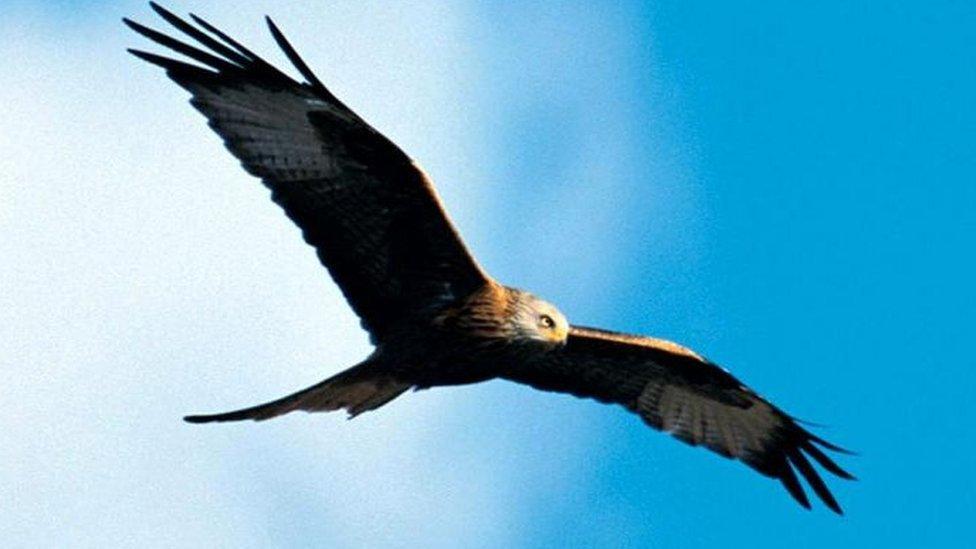
Red kite numbers in Wales are rising
RSPB Cymru biodiversity manager, and one of the report authors, Stephen Bladwell, said: "For the first time, we've been able to identify and quantify the main reasons why our wildlife is changing - and it's clear that changes in land management and climate change are the two greatest factors that impact nature."
However, he said there was good news, as conservation measures work and can help reverse species and habitat decline, which was evident with the "rise in numbers of otters and bats, as well as butterflies like the ringlet and birds such as the red kite".


Invasive species such as rhododendron in Snowdonia are a threat
Pressures and threats to nature in Wales:
habitat loss and degradation, such as the loss of blanket bog
fragmentation and isolation of habitats for many reasons, such as inappropriate development
human population increases
climate change
excessive nutrient input and other forms of pollution
over-exploitation and unsustainable use, including agricultural pressures
invasive species, for example rhododendron in Snowdonia

The publication admits estimating change in the UK's wildlife was difficult due to lack of data, and data reliability.
The report attempts to overcome this problem using a new measure.
The Biodiversity Intactness Index (BII) assumes a starting point of 100% estimate of the average abundance of originally present species in an area, relative to their abundance in an undisturbed habitat.
There has been a 90% decline in lapwing in Wales
As wildlife declines a country loses biodiversity and the figure declines from that point.
If the figure drops through 90% it indicates ecosystems may no longer be able to reliably function to meet society's or nature's needs.
Wales' BII score is 82.8% which sees it ranked in the lowest fifth out of the countries measured.
However, this is the highest figure compared with the rest of the UK, with England scoring 80.6%, Scotland 81.3% and Northern Ireland 80%.
The average UK BII figure is 81%.
- Published21 September 2016
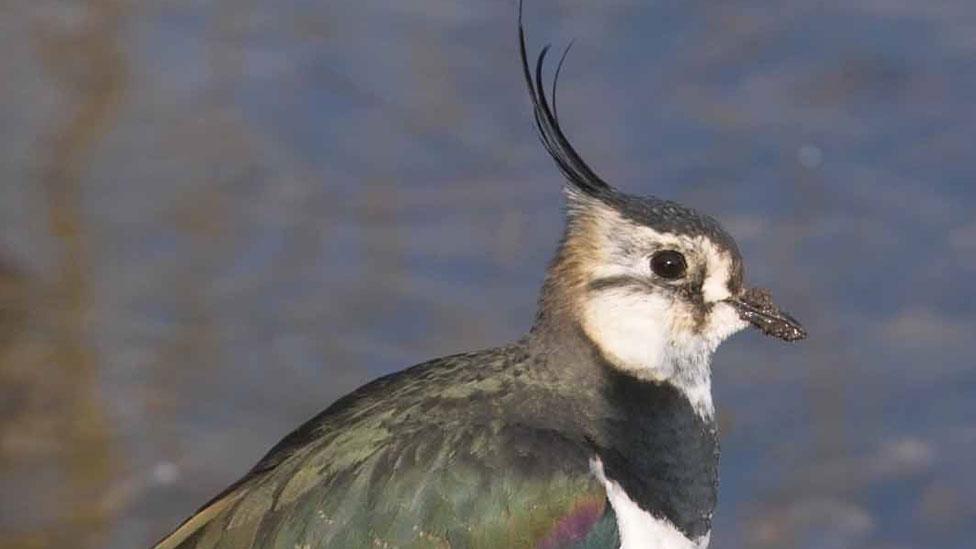
- Published14 September 2016
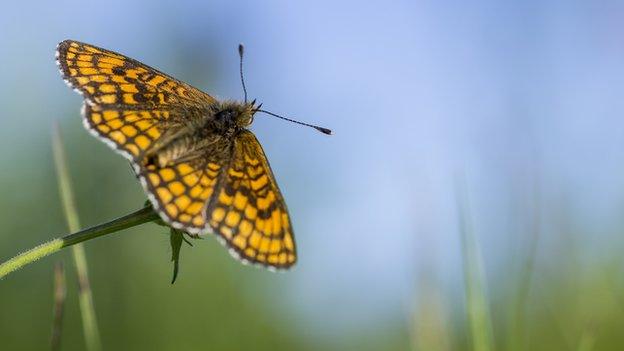
- Published22 May 2013
